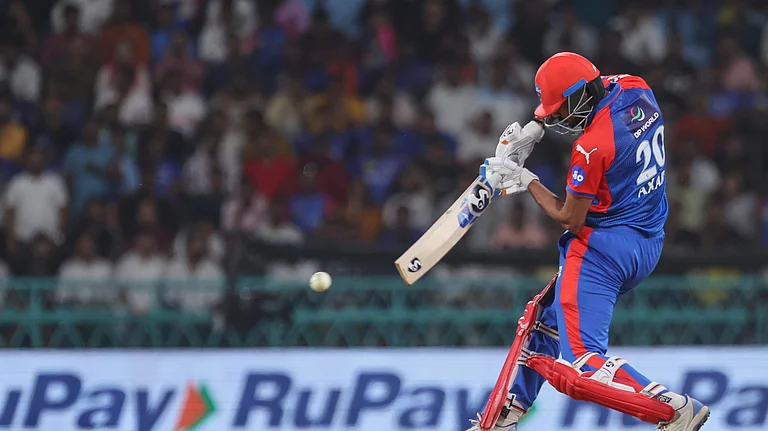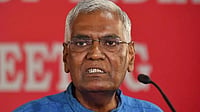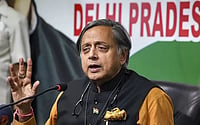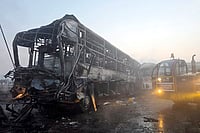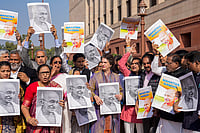SHORTAGE is our largest problem, say the residents of Panchli Khurd village in Uttar Pradesh's Meerut distr-ict. "It's as if ancestral land is shrinking," they lament, "forcing our children to leave for cities in search of jobs." Clearly, their aversion to family planning is encroaching into their meagre landholdings. Not that they make the connection.
The 'population problem' finds no mention in the catalogue of complaints in this predominantly Gujjar hamlet. For the villagers here, in India's most populated state with 5.3 children per woman, more children only means more hands on the farm and more money orders from the city. Not more reasons for division of land. "What has population to do with it?" argues octogenarian Tek Ram, flanked by hordes of fond grandchildren. Kalyug, he reasons, is to blame. Why then does his 100 bigha plot of land have over 35 claimants today? "Well, that's due to the growing greed nowadays. It's sad. But better to have grandsons going to Delhi than to have sons sterilised," he pronounces.
A dictum that sees all Tek Ram's daughters-in-law produce as many girls it takes till at least two sons are born. Though the eldest of them, 46-year-old Omvati—who's the pradhan by dint of the reservation for women—says she resisted the old man's fury. "But no one listened," she mumbles, out of Tek Ram's earshot. This year, she quietly advised her daughter-in-law, already a mother of three, to go in for a Copper T. Her son wouldn't have agreed to a condom or sterilisation. "It's as if they'd lose their manhood if they can't reproduce," she says, with an air of resignation.







